Welcome to your destination for bolstering your brand’s digital footprint?. Our article, “17 Digital Marketing Tips”, equips you with the arsenal you need to outperform competitors. We delve into the intricate nuances of digital marketing, presenting tips that can dramatically enhance your campaign performance?. Here’s a taste of what awaits:
- Crafting compelling narratives
- Harnessing the power of social media
- Fine-tuning ad campaigns
- Capitalizing on email marketing strategies
By applying these tactics, you can reach potential customers, strengthen your brand, and boost sales?.

But here’s the clincher – elevate your digital marketing strategies with Plerdy, an exceptional tool for Conversion Rate Optimization (CRO) and User Experience (UX). Unleash the potential of Plerdy to supercharge your digital marketing initiatives. Don’t forget to access our complete guide on “17 Digital Marketing Tips” – it’s your definitive roadmap to a robust digital strategy. Let’s embark on this exciting journey together!
Understanding Your Target Audience
In the niche of digital marketing, understanding your target audience is paramount. This knowledge dictates every aspect of your strategy and helps streamline your efforts. Here are some tips to get you started:
- Analyze existing customer data: Review your current clientele – their demographics, preferences, and behavior. This insight provides a solid foundation to build upon.
- Conduct market research: Utilize tools such as surveys or social media polls to gather information about potential customers and identify gaps in your existing strategy.
- Create buyer personas: Based on your findings, construct fictional representations of your ideal customers. Each persona should have a name, background, and demands your product or service meets.
But remember – consumer preferences evolve, so your understanding of your audience should, too. Regularly reassess and adjust your strategies accordingly. By monitoring your audience, you can improve your service. This paves the way for effective digital marketing campaigns that hit the mark – every single time.
Establishing a Strong Brand Identity Online

In digital marketing, establishing a robust brand identity online is pivotal. It separates you from the competition, attracts the right audience, and creates customer loyalty. To set the wheels in motion, consider these tips:
- Define your brand mission: Make it clear what your business stands for and the purpose it serves. If you run an organic skincare line, your mission might be promoting clean beauty and environmental sustainability.
- Identify your USP: Determine what sets you apart from the competition. For a coffee shop, it could be ethically-sourced beans or a proprietary brewing method.
- Create a compelling brand personality: This includes your brand name, logo, colors, and tone of voice. A tech firm might adopt a sleek, minimalist design and a professional tone to appeal to its corporate clientele.
- Consistently communicate your brand across platforms: Whether it’s your website, social media accounts, or email newsletters, ensure your brand identity remains coherent.
These elements work together to form a distinctive, memorable brand identity. For instance, Apple’s commitment to innovation, sleek design aesthetic, and consistent messaging across channels have cemented its standing as a global technology leader.
Remember, your brand is not static – it can evolve with time and shifting consumer trends. In an ever-changing digital ecosystem, you may strengthen your brand identification by watching market shifts and being receptive to change. Your digital marketing will be well-targeted with a strong brand identity, improving engagement and customer retention.
Effective SEO Strategies for Your Business
In the bustling digital marketplace, effective SEO strategies are integral for businesses to stand out. When implemented effectively, these techniques enhance your online visibility and draw traffic to your website. Let’s delve into some strategies:
- Keyword optimization: Incorporate relevant keywords in your content. For instance, a home decor store might use phrases like ‘vintage rugs’ or ‘artisanal candle holders’.
- Quality content: Regularly produce informative, engaging content. A fitness trainer could share workout routines or diet tips to captivate fitness enthusiasts.
- Site speed optimization: Enhance your website speed to improve user experience and decrease bounce rates.
- Mobile-friendliness: To appeal to smartphone users, make your website mobile-friendly.
These methods may help shoppers find your brand.
Consider the example of a local bakery. By optimizing their website for relevant keywords such as ‘freshly baked bread in [city]’ and creating engaging blog posts about their baking processes, they can attract local customers searching for fresh bread online. SEO is a marathon, not a sprint, so be patient.
Staying abreast of algorithm updates and adjusting your strategies accordingly are also key. By committing to these SEO strategies, you set the stage for long-term digital marketing success, driving traffic to your site and boosting conversions.
Leveraging Content Marketing for Engagement
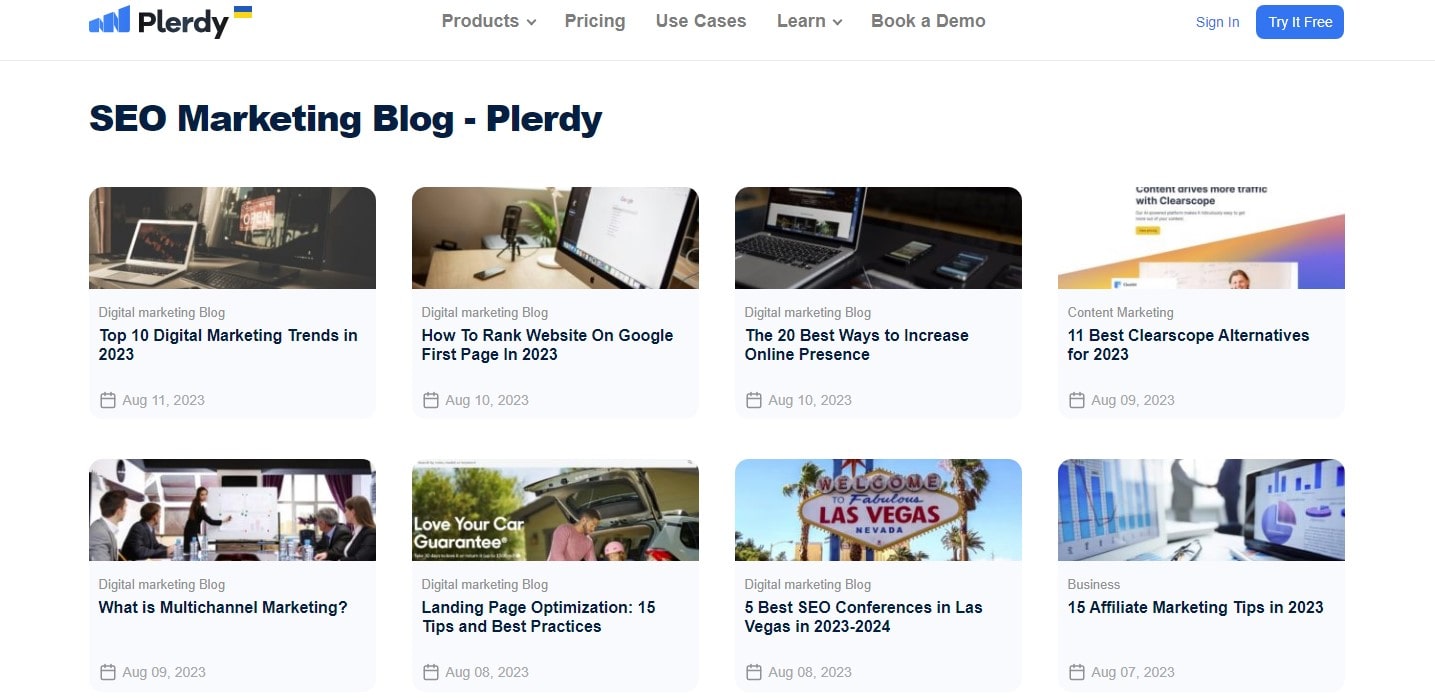
In the sphere of digital marketing, content marketing stands as a powerful tool to boost engagement. By producing valuable, relevant content, you can captivate your audience, foster trust, and inspire action. Here are some strategies to leverage content marketing effectively:
- Blog Posts: Write insightful articles on topics related to your industry. For example, a travel agency might share tips on packing efficiently or guides to off-beat destinations.
- Videos: Create engaging videos to explain complex concepts or demonstrate product usage. A skincare manufacturer might demonstrate product use in steps.
- Infographics: Present data or information visually for easy understanding. An environment-focused NGO might use infographics to highlight the impact of plastic pollution.
- User-generated content: Invite your clients to talk about their experiences. A restaurant could feature photos shared by diners on their social media channels.
Let’s consider an online plant store as an instance. They could run a blog offering care tips for different houseplants, share video tutorials on potting and pruning, and publish infographics on the benefits of indoor plants. Furthermore, they could feature photos from customers showcasing their thriving plants purchased from the store.
Remember, consistency is key in content marketing. High-quality content engages your audience and stimulates brand interaction, building a loyal consumer base and improving your digital marketing success.
Social Media Marketing: Building a Robust Online Community
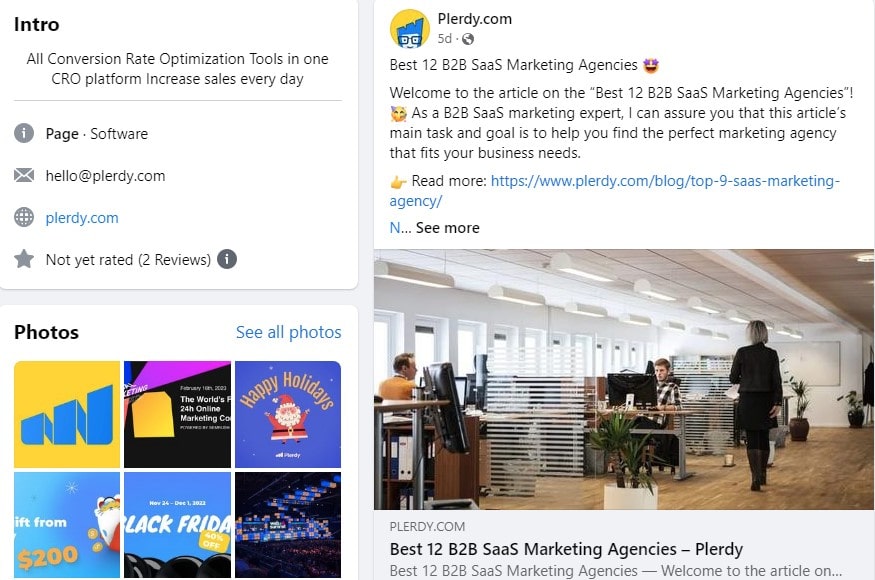
In the digital marketing realm, social media platforms serve as bustling stages where brands connect with their audience and build robust online communities. These channels personalize your business and build genuine consumer interactions.
Let’s explore some strategies:
- Post engaging content: Create content that sparks conversation. An apparel brand, for instance, might share fashion styling tips or behind-the-scenes glimpses of their design process.
- Interact with followers: Respond to comments, engage in discussions, and even participate in trending topics. A book retailer could host virtual book clubs or author chats.
- Leverage user-generated content: Showcase your customers’ experiences with your products or services. A camping gear company could feature customer adventures using their equipment.
- Run contests or giveaways: Encourage user engagement and expand your reach. A gourmet food store might run a recipe contest with a giveaway for the most creative dish.
Picture a yoga studio utilizing these strategies. They could share posts of different yoga poses, respond to comments with tips on posture and breathing, feature students’ progress stories, and host challenges with free classes as prizes. Social media marketing is about relationships.
By fostering a strong sense of community, you not only increase brand awareness and loyalty but also create an army of brand advocates. This effort creates a vibrant online community that drives your digital marketing success.
Email Marketing: Nurturing Leads and Boosting Conversions
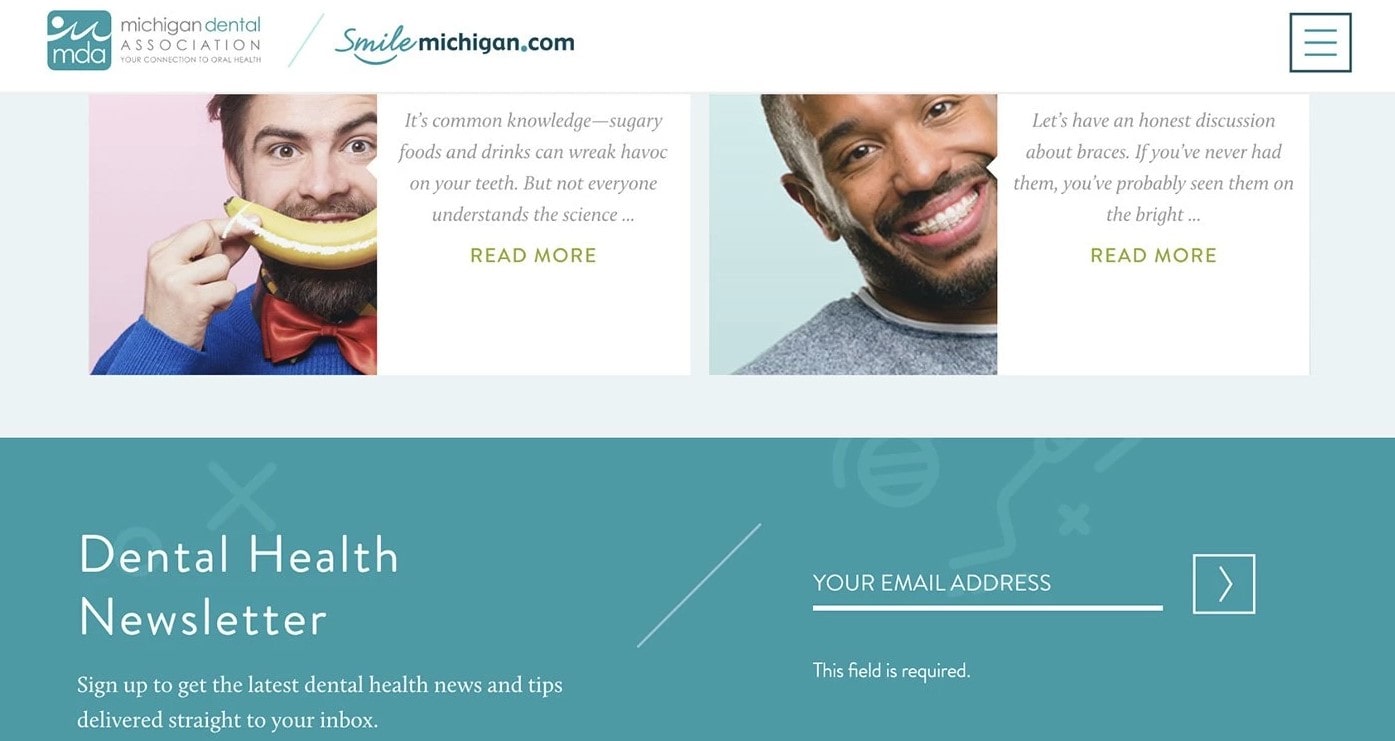
Email marketing plays a crucial role in digital marketing, fostering connections with leads and boosting conversions. It’s a skill that can yield great benefits.
Here are some effective strategies:
- Personalization: Customize emails to make the receiver feel valued. For instance, a music store could suggest instruments based on the customer’s past purchases or browsing history.
- Value-packed newsletters: Share industry news, tips, and tricks or exclusive offers. A digital marketing agency might send monthly newsletters with the latest trends and case studies.
- Segmentation: Group your audience based on certain criteria and tailor your messaging accordingly. An online bookstore could segment based on genre preferences.
- Strong calls-to-action: Compel readers to take desired actions, like making a purchase, signing up for a webinar, or downloading an ebook.
Take, for instance, a fitness studio that employs these strategies. They could send personalized workout plans, share newsletters with health tips, segment based on fitness goals (weight loss, muscle gain, general fitness), and use compelling CTAs to encourage class sign-ups.
In essence, email marketing is a dialogue, not a monologue – it’s about understanding your audience and offering them what they need. It boosts digital marketing success by nurturing leads and turning them into loyal consumers.
Pay-Per-Click Advertising: Instant Visibility and Rapid Results
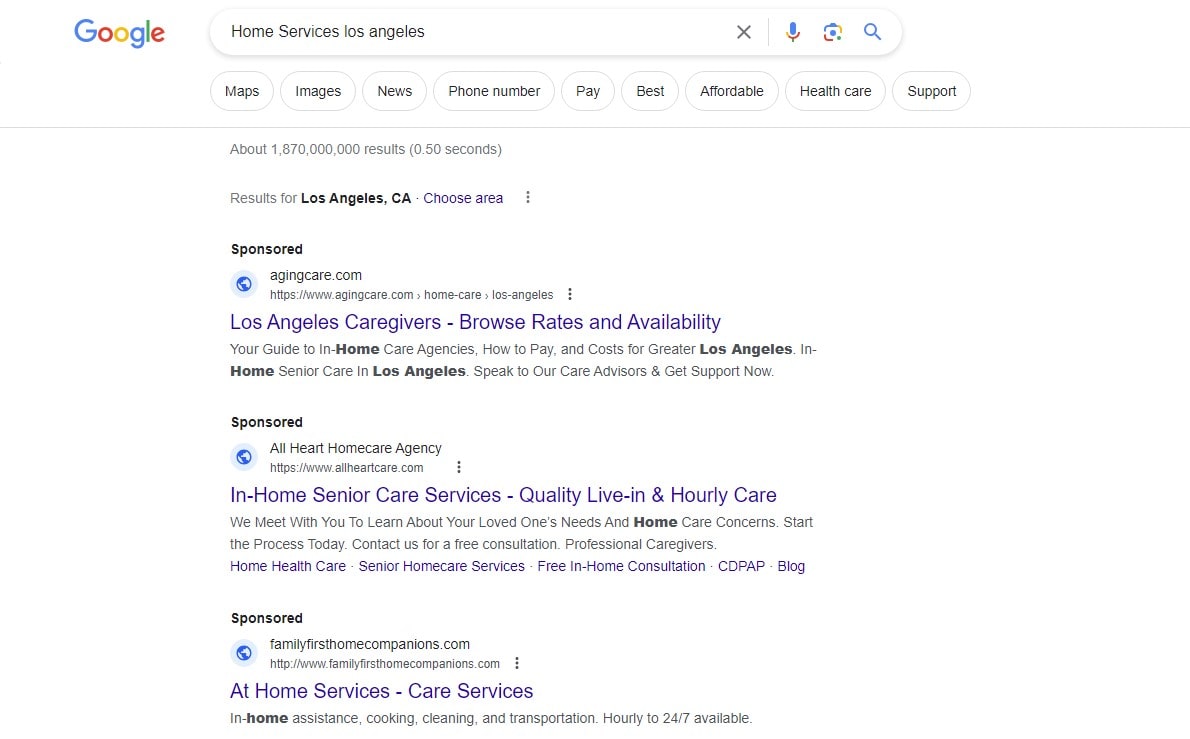
Digital marketing needs PPC advertising. It provides instant visibility and rapid results, making it an excellent tool for brands eager to boost their online presence. Here are some efficient strategies:
- Keyword research: Identify the most effective keywords for your industry. For instance, a gardening supply store could target keywords such as “organic fertilizers” or “herb garden kits”.
- Landing page optimization: Craft relevant, persuasive landing pages that match your ad content. An online coaching platform might build a landing page highlighting the benefits of their courses.
- Ad testing: Experiment with various ad versions to determine the most effective. A restaurant could test different ad copies highlighting their unique selling propositions like cuisine type, service speed, or ambiance.
- Conversion tracking: Monitor your ad’s performance and adjust as necessary. A tech startup launching a new app could track app downloads resulting from their PPC campaign.
Consider a boutique hotel utilizing these strategies. They could target keywords like “luxury boutique hotel”, optimize landing pages showcasing their unique rooms and amenities, test different ad versions, and track conversions in terms of room bookings.
PPC advertising, when leveraged correctly, serves as a potent engine driving traffic, enhancing visibility, and accelerating conversions. By honing your PPC strategy, you can elevate your brand’s digital marketing efforts and reap substantial rewards.
Video Marketing: Telling Stories Through Visual Content

Video marketing, a shining star in the digital marketing constellation, powerfully communicates stories through visual content. It humanizes brands, engages audiences, and drives action. Here’s how to maximize its potential:
- Story-driven content: Draw viewers in with compelling narratives. For example, a furniture manufacturer might share the journey of a handcrafted table from raw lumber to a family’s dining room.
- Educational videos: Teach something valuable. An organic food store might share quick, healthy recipes or tips on reading nutrition labels.
- User-generated content: Leverage videos from customers for a relatable touch. An outdoor gear retailer could share customer adventures using their products.
- Calls-to-action: Inspire viewers to take the next step. A software company might encourage users to sign up for a free trial at the end of a product demo video.
Video marketing, harnessed correctly, brings stories to life, connects with audiences on a personal level, and propels them to action. Implementing these strategies can not only enhance brand visibility but also contribute significantly to a brand’s digital marketing success.
Influencer Marketing: Utilizing the Power of Word-of-Mouth Online

Digital influencer marketing is reinventing word-of-mouth. Brands tap into the reach and authenticity of influencers to foster trust, engagement, and ultimately, conversions. Here are four key strategies to make the most of influencer marketing:
- Identify the right influencers: Seek individuals who align with your brand values. An eco-conscious skincare brand might partner with influencers advocating for sustainability.
- Co-create content: Empower influencers to produce authentic content that resonates with their audience. For a fitness apparel company, this might mean workout videos featuring their products.
- Encourage influencers to share brand experiences with their followers.
- A book publisher could run a reading challenge with a specific hashtag.
- Measure and adjust: Monitor campaign performance to refine your approach. If an indie game developer observes better engagement on Instagram over Twitter, they can focus efforts accordingly.
Influencer marketing, effectively utilized, is a dynamic force that enhances your digital marketing strategy. By cultivating relationships with influencers, you tap into their credibility, engaging audiences in a more authentic and personalized manner, thereby augmenting your brand’s online impact.
Affiliate Marketing: Encouraging Others to Promote Your Business
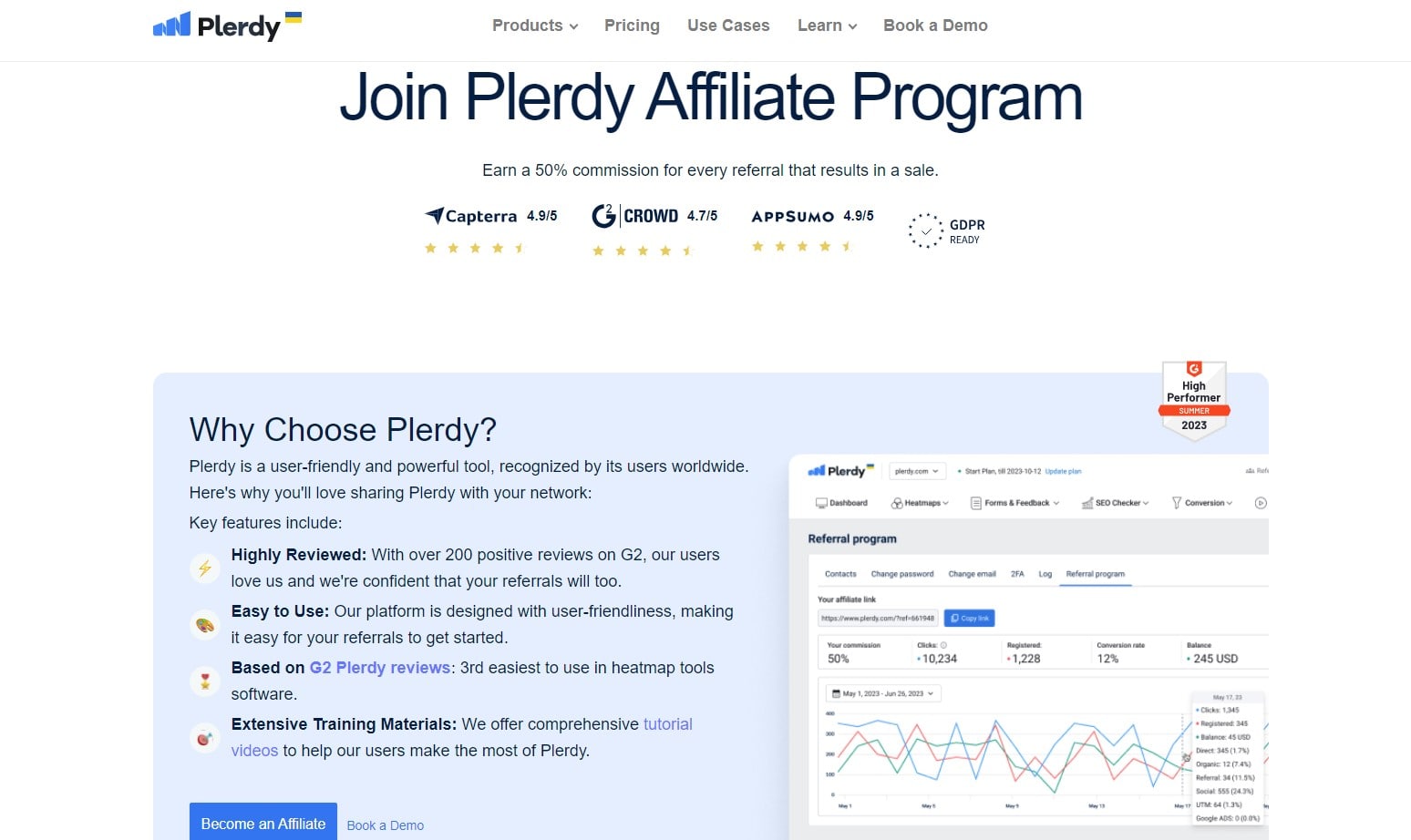
Affiliate marketing is a potent tool in the digital marketing sphere, encouraging individuals or businesses to advocate for your offerings. When leveraged correctly, this strategy becomes a win-win situation—affiliates earn commissions, and your brand gains visibility and conversions. Consider these four actionable steps to amplify your affiliate marketing efforts:
- Choose the right affiliates: Align with affiliates who embody your brand ethos. A tech startup, for example, could partner with tech bloggers or YouTube reviewers.
- Equip your affiliates: Provide them with quality promotional materials—like branded banners or tailored discount codes. This ensures cohesive branding and enhanced tracking abilities.
- Set achievable targets: Motivate affiliates by setting attainable goals with rewarding incentives. An online clothing retailer might offer increased commission rates for reaching certain sales thresholds.
- Evaluate and refine: Use data-driven insights to continually hone your program. If a wellness brand finds Instagram affiliates outperforming those on other platforms, it can invest more in this area.
Affiliate marketing can be an extremely lucrative facet of your digital marketing strategy. With careful planning and execution, it cultivates a network of brand ambassadors who boost your visibility, credibility, and conversions.
Mobile Marketing: Capturing Audiences on the Go

In an era where smartphones act as gateways to the digital universe, mobile marketing has evolved into a primary channel for businesses aiming to tap into audiences on the move. Harnessing the power of mobile devices enables a level of personalization and reach unparalleled by traditional forms of marketing.
Whether it’s a local coffee shop targeting customers in the vicinity with enticing offers or an e-commerce platform sending push notifications about flash sales, strategic use of mobile marketing can dramatically elevate customer engagement.
Here are a few key strategies for successful mobile marketing:
- Responsive Web Design: Ensure your website is mobile-friendly, offering seamless navigation and fast load times. A music streaming service, for instance, should maintain a clutter-free, intuitive interface across all devices.
- SMS Marketing: Reach customers directly with personalized messages. A gym could send workout tips or promotional offers straight to their members’ phones.
- Location-based Services: Utilize geo-targeting to offer localized content or deals. A pizza restaurant might push notifications about a lunch special to users within a certain radius.
- Mobile Apps: Develop an app for your business to boost customer engagement and loyalty. An online bookstore could offer personalized reading suggestions within its app, improving the user experience.
Leveraging these strategies in your digital marketing efforts enables you to effectively engage mobile audiences, providing customized content that resonates with their unique needs and preferences—right at their fingertips.
Using Digital PR to Enhance Your Brand’s Reputation

The fusion of traditional PR and cutting-edge digital marketing tactics births a potent strategy—Digital PR. This dynamic approach enhances a brand’s reputation, amplifies its online visibility, and stimulates audience engagement. It bridges the gap between brand storytelling and target audience, fostering a bond of trust and relatability.
Here’s how to harness the power of digital PR:
- Influencer Collaborations: Team up with industry-relevant influencers who align with your brand’s values and have an engaged audience. An eco-friendly clothing brand, for instance, could partner with sustainability advocates to amplify its message.
- Brand Storytelling: Share your brand’s journey, values, and mission across digital platforms. A startup that has scaled up its operations might want to spotlight the grit and determination behind its success.
- Media Coverage: Encourage digital media outlets to feature your brand, products, or services. A tech company releasing an innovative product can spark curiosity through a well-crafted press release.
- Contests, surveys, and user-generated material engage audiences.
- A fitness app could run a ‘Transformation Tuesday’ campaign where users share their health transformation stories.
Using digital PR, you can shape your brand’s narrative, foster customer loyalty, and drive meaningful engagement. It can boost brand image when used in digital marketing.
Data-Driven Decision Making: The Importance of Analytics in Marketing
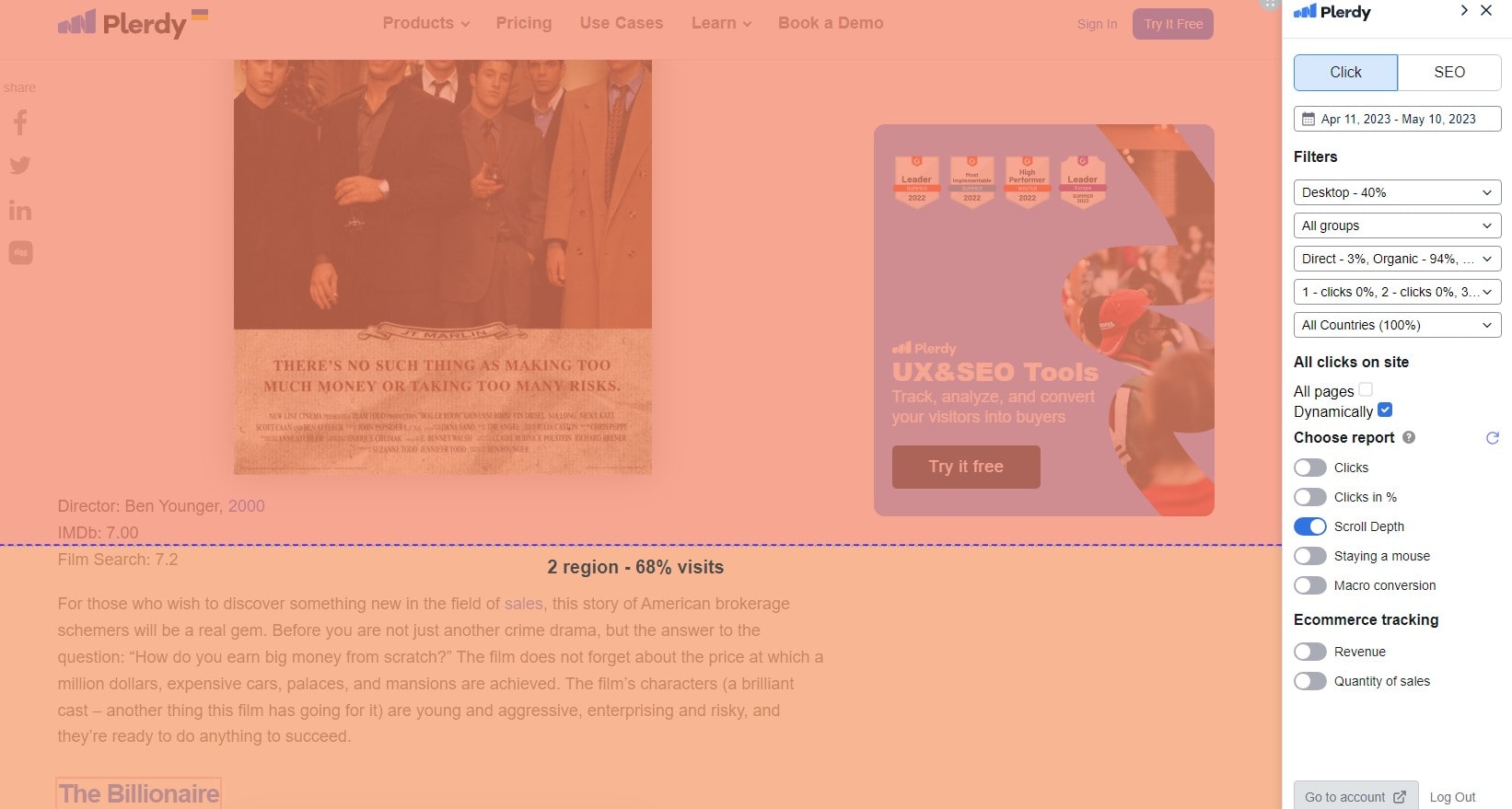
Data-driven decision making—utilizing analytics in marketing—is akin to turning on the headlights in the twilight of business uncertainty. You illuminate the road, revealing obstacles and opportunities. It empowers businesses to pivot from gut-driven decisions to insights-backed strategies. An e-commerce store, for example, can leverage consumer purchase history and browsing behavior to tailor personalized shopping experiences.
Here’s how to implement a data-driven approach in marketing:
- Consumer Behavior Analysis: Uncover patterns, trends, and insights in consumer behavior. For a music streaming service, this could mean identifying the most popular genres or timeframes during which users listen to music.
- Personalization: Use collected data to deliver customized content, ads, and recommendations. An online bookstore could suggest books based on a user’s past purchases and page views.
- Predictive Analytics: Predict future trends based on historical data. A ride-hailing service might use it to anticipate demand surge during specific hours or events.
- A/B Testing: Experiment with different variables to identify the most effective strategy. A SaaS company might test various landing page designs to see which one drives more sign-ups.
- Competitor Analysis: Analyze competitors’ data to benchmark your performance and identify opportunities. A fitness center could track competing local gyms’ offers and customer reviews.
By embracing a data-driven decision-making approach, you foster efficiency, improve campaign performance, and ensure your marketing strategies align with consumer needs and preferences. Consequently, it promotes higher returns on marketing investment and reinforces your brand’s standing in the competitive digital landscape.
Conversion Rate Optimization: Turning Visitors into Customers

Digital marketing requires more than just eyeballs—it requires hearts and money. Conversion Rate Optimization (CRO) is your plan of action, the strategy to transform casual visitors into committed customers.
How can your business tap into the power of CRO? Here are some must-try tactics:
- Landing Page Optimization: Streamline your landing page design and content to emphasize the value proposition. A software company could use crisp headlines, engaging visuals, and compelling calls-to-action to convince visitors to download a free trial.
- Customer Journey Mapping: Identify and address pain points in the customer journey. A restaurant with online ordering could streamline the menu navigation and checkout process to boost online order conversions.
- A/B Testing: Experiment with various website elements to identify what works best. A digital magazine might test different subscription form placements and colors to maximize conversions.
- User Feedback: Collect and utilize user feedback to make improvements. A travel booking site might use customer reviews to identify areas for improvement.
By leveraging CRO, businesses can achieve superior sales performance, enhance customer satisfaction, and maximize the return on digital marketing efforts.
Retargeting Strategies: Winning Back Your Website Visitors
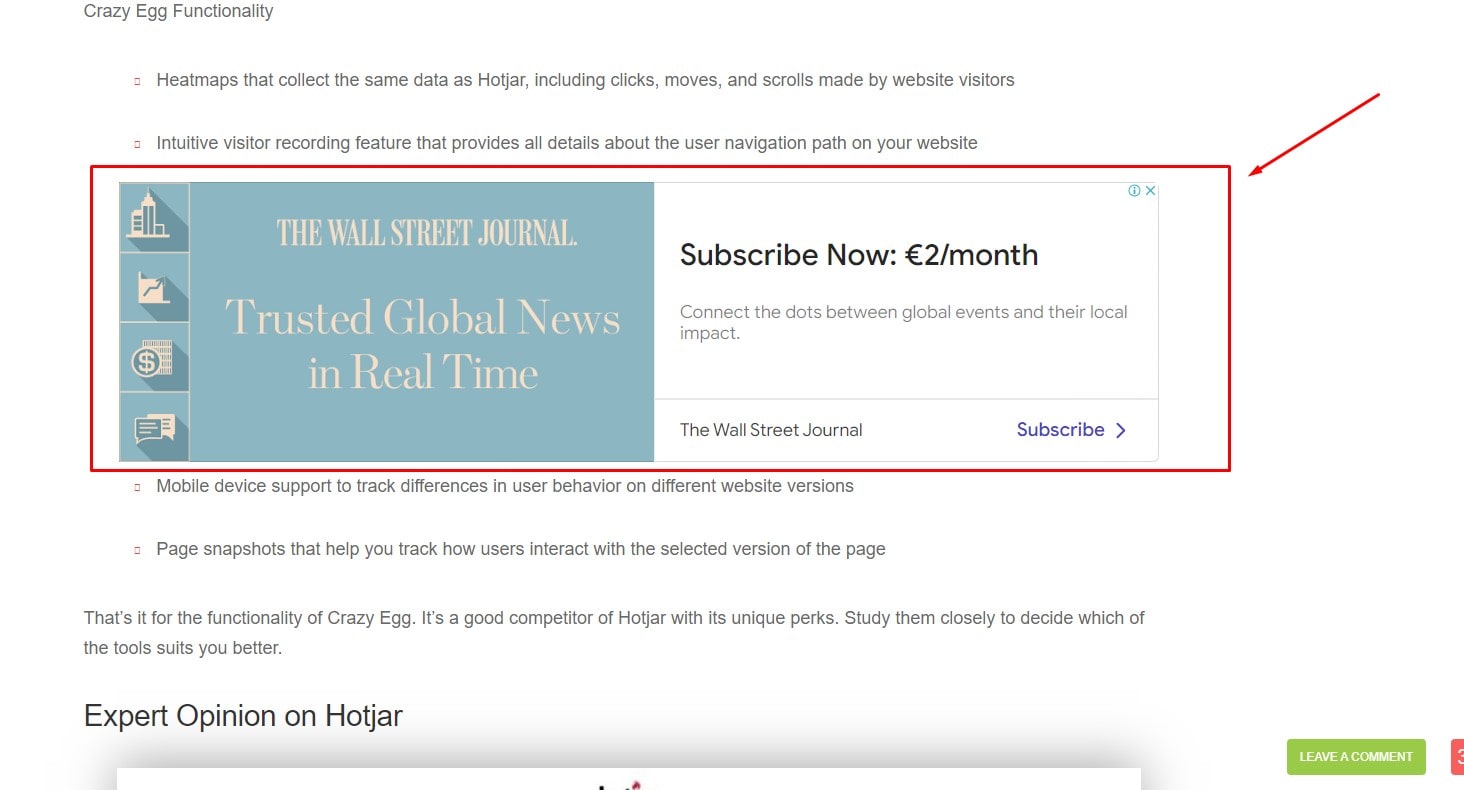
Digital marketing doesn’t stop when a visitor leaves your website—it’s time for retargeting. Retargeting strategies offer a second chance to convert, enticing potential customers back with bespoke, compelling ads.
Here are some key retargeting strategies that digital marketers swear by:
- Pixel-Based Retargeting: This involves using cookies to ‘follow’ your visitors as they browse other websites. A real estate company might use this to show their listings to people who previously visited their site.
- List-Based Retargeting: This targets individuals based on their contact information in your database. A subscription box service might utilize this to win back past subscribers with personalized ads.
- Social Media Retargeting: This leverages the power of social media platforms to reach past website visitors. A clothing brand might retarget visitors who left items in their cart with exclusive discount ads on their social feeds.
- Search Retargeting: This targets users using search engine phrases.
- A local bakery could retarget individuals who have searched for bakeries in their city.
Through strategic retargeting, you can re-engage visitors, revive their interest, and reignite their intent to purchase. Don’t let a single visitor slip through your digital marketing net—bring them back with retargeting.
Optimizing User Experience for Higher Engagement

Creating an optimal user experience – often dubbed UX – is a cornerstone of successful digital marketing. It’s about making your website a pleasure to visit, ensuring users stick around and engage, whether you run an online bookshop or a music streaming service.
Let’s dive into some vital tips to optimize UX for higher engagement:
- Simplify Navigation: An intuitive, streamlined menu system keeps visitors browsing. Think of an online magazine that uses clear categories and a search function to help readers find articles of interest.
- Mobile Optimization: A site that runs smoothly on mobile devices ensures you don’t lose a significant chunk of your audience. Consider an e-commerce store that offers an equally seamless shopping experience on a smartphone as on a desktop.
- Interactive Elements: Engaging, interactive components like quizzes or polls can boost interaction. A fitness blog might feature a BMI calculator or a quiz to determine the reader’s ideal workout style.
- Personalized Content: Tailored recommendations or content can make visitors feel understood and valued. A streaming service that suggests shows based on past viewing habits exemplifies this approach.
By focusing on UX, you’re showing visitors that their experience matters. More importantly, you’re creating a platform that invites exploration, engagement, and, ultimately, conversion.
The Role of AI and Automation in Digital Marketing
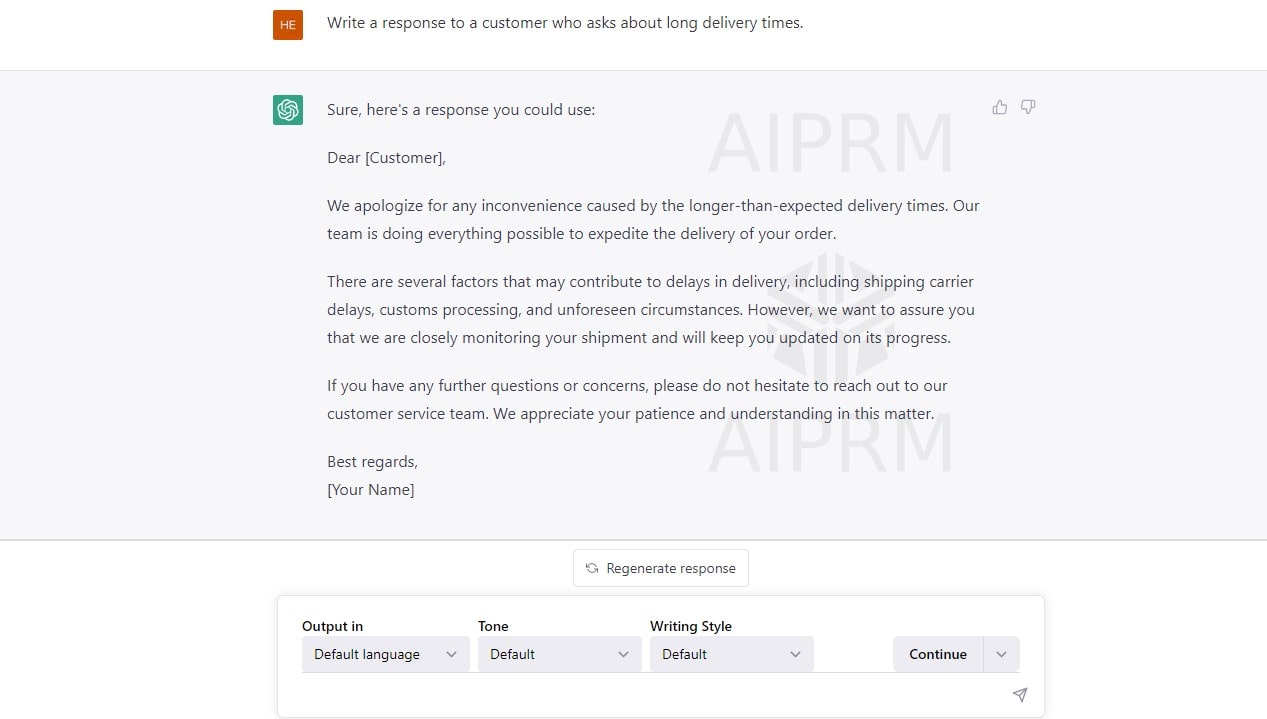
In the digital marketing landscape, AI and automation aren’t just buzzwords—they’re driving forces that shape strategy, foster engagement, and optimize results. From content curation to customer interaction, they’re reshaping how businesses communicate with their audiences.
AI takes the guesswork out of marketing. For instance, a news aggregator might use AI to analyze user behavior, then customize news feeds based on individual interests, boosting engagement.
Automation, meanwhile, streamlines processes and enhances efficiency. Let’s consider a retail brand that automates its email marketing campaigns sending personalized product suggestions based on a customer’s purchase history.
Now, let’s unpack the benefits these tools can bring:
- Hyper-personalization: AI and automation can personalize content to an unprecedented degree, increasing relevance for the user and engagement for the business.
- Efficiency: By automating repetitive tasks, marketers free up time to focus on more strategic initiatives.
- Predictive Analysis: AI can analyze data patterns to predict future consumer behavior, helping businesses stay one step ahead of their audiences’ needs.
- Improved Customer Experience: 24/7 chatbots can provide immediate customer service responses, raising the bar on customer experience.
Harnessing AI and automation, digital marketers can better understand their audience, tailor their offerings, and save time—all keys to thriving in today’s competitive marketplace. They offer a smart, forward-thinking approach to navigating the marketing landscape.
Adapting to the Latest Marketing Trends

Staying current with digital marketing developments is essential. As consumers’ habits shift and technology evolves, successful brands are those that adapt swiftly and effectively.
Take voice search, for instance. As smart speakers have grown in popularity, savvy marketers have started optimizing content for voice queries, ensuring their brand stays top-of-mind in an increasingly voice-first world.
Here are some benefits to keeping a close eye on trends:
- Maintaining relevance: Trends reflect consumer behaviors. By adapting, you show customers you understand their needs.
- Staying competitive: When competitors embrace a trend, and you don’t, they gain an advantage.
- Boosting engagement: Fresh tactics can reinvigorate your marketing and pique audience interest.
- Driving growth: Harnessing trends can open up new channels for brand exposure and revenue.
Staying current requires diligence and flexibility—regularly monitor industry news, embrace continuous learning, and don’t be afraid to pivot your strategy. Trends are more than fleeting fads—they’re opportunities for innovation and growth in your digital marketing strategy. Stay open, stay agile, and you’ll remain at the forefront of your industry.
Conclusion
As we wrap up our enlightening journey through the labyrinth of digital marketing tips, let’s rekindle the key points. We’ve charted the ins and outs of compelling narratives, social media mastery, ad campaign fine-tuning, and email marketing strategies ?. The texts you’ve perused not only equip you with knowledge but also empower you to take action.
To ensure you’re not just playing the digital marketing game but actually making strides, the ball is in your court to make your move. Unleashing the potential of Plerdy, a tool that offers SEO & UX analysis, will allow your efforts to sprout—to reach new heights, maximizing your returns ?. This comprehensive tool not only helps assess the credit due to your strategies but also lends a helpful hand in enhancing them, offering a clear insight into customer behaviour and user experience.
No matter what your ownership stake is in your business, from small-business owners to corporate giants, these tips will act as your roadmap in the world of digital marketing. Embrace the journey and remember: today’s preparation determines tomorrow’s success. Don’t let the opportunity slip through your fingers—embrace Plerdy today, and see your digital marketing strategies fly ?.
